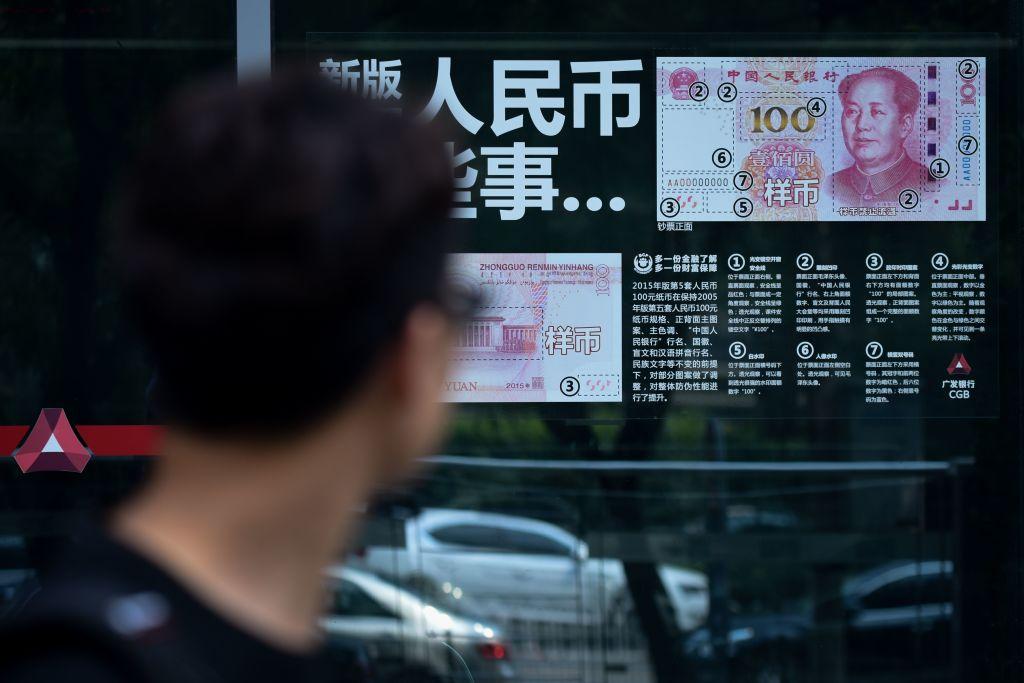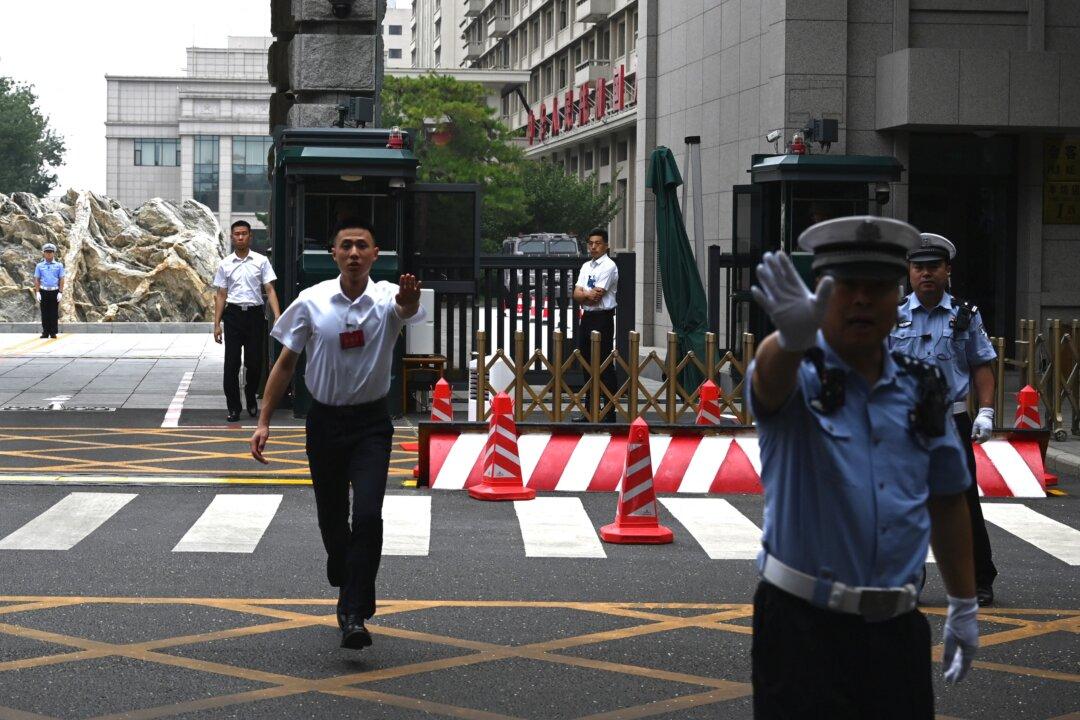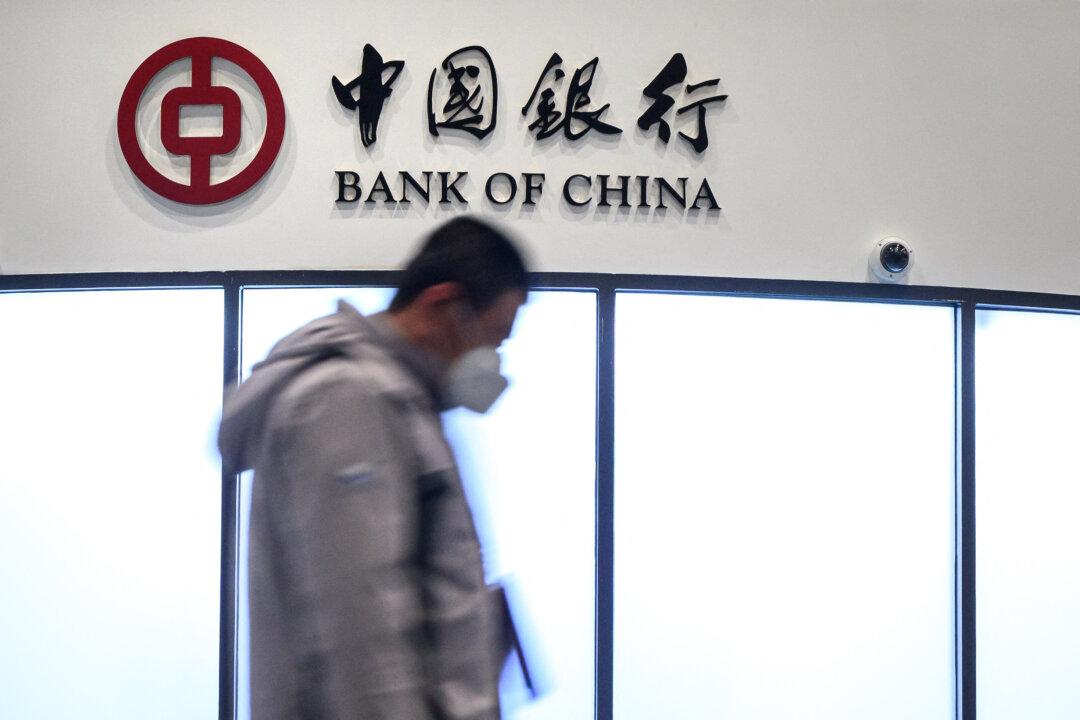China’s foreign-exchange reserves rose modestly in July, which caught many analysts by surprise, given the ongoing trade dispute between the United States and China.
Foreign-exchange (FX) reserves increased by $5.8 billion to $3.1 trillion, according to figures from the People’s Bank of China, the country’s central bank. A decline of about $12.1 billion was expected by economists polled by Thomson Reuters.





